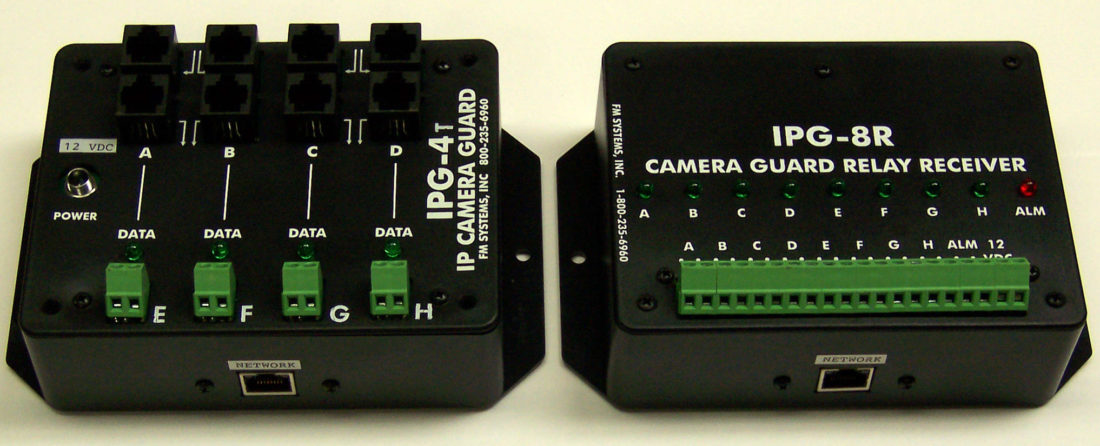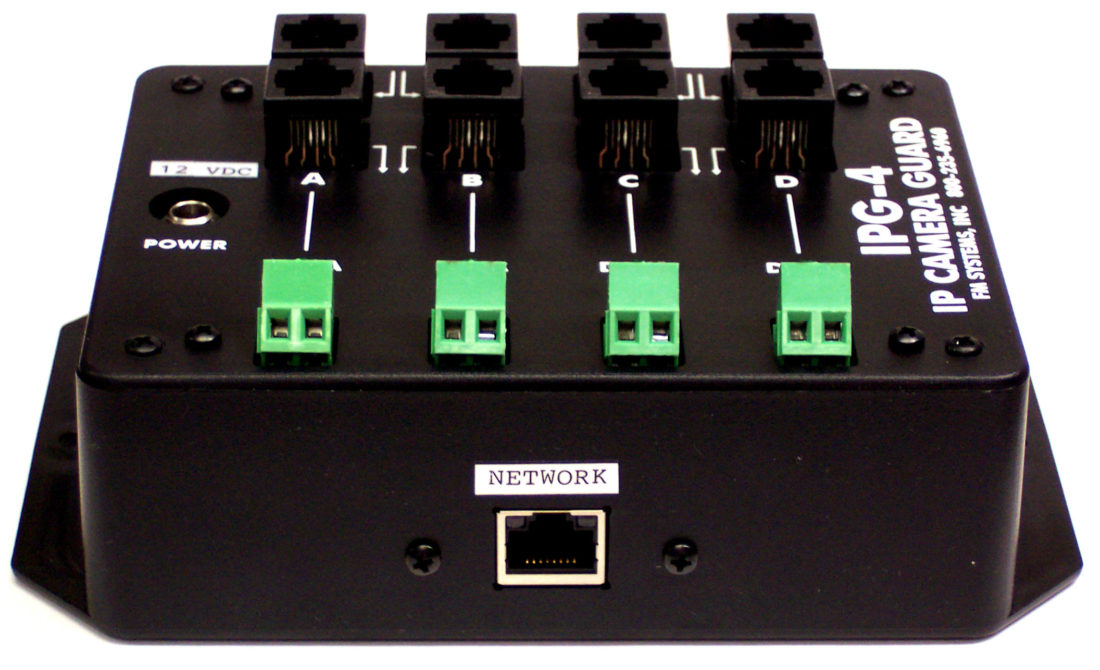
WIRELESS DETECTION OF IP CAMERAS FOR TSSA REQUIREMENTS
WIRELESS DETECTION OF IP CAMERAS FOR TSSA REQUIREMENTS
By: Don McClatchie
IP cameras are used at gas stations to observe the fueling of trucks and automobiles for safety and security reasons. In Canada and elsewhere some safety agencies require continuous monitoring by employees and if the fueling pumps are out of sight of the employee then video cameras must be used to continuously monitor the fueling of the vehicles. In Canada this requirement is spelled out in a ruling by the “Technical Standards & Safety Authority” (TSSA). The Code states: “Control equipment for the self-serve dispensers shall be located such that the self-serve attendant has an unobstructed view from the console of all dispensing operations”. It can be achieved either through direct and clear line of vision for the attendant or by a video monitoring system that has a constant or fixed view of all dispensing positions. A monitor that switches views every few seconds or a view that meets the criterial for clarity by zooming in on the fueling position is therefore unacceptable.
The image displayed on the monitor must be of an adequate size and clarity to allow for effective surveillance. If the attendant can read the equivalent front of a license plate, held in the fueling area, or identify a 5 liter fuel can for existing sites, Fuels Safety will consider that size and clarity of the image as acceptable.
All installations done after 1-2007 must follow these requirements:
- Every filling position must be covered by a video camera.
- Cameras must meet the license plate clarity test.
- Cameras must have a video loss shutdown function.
- A camera can cover more than one filling position provided it meets the license plate clarity test.
- Filling positions may be located within 360 degrees and 50m of the attendant console and within the facility lease property line.



